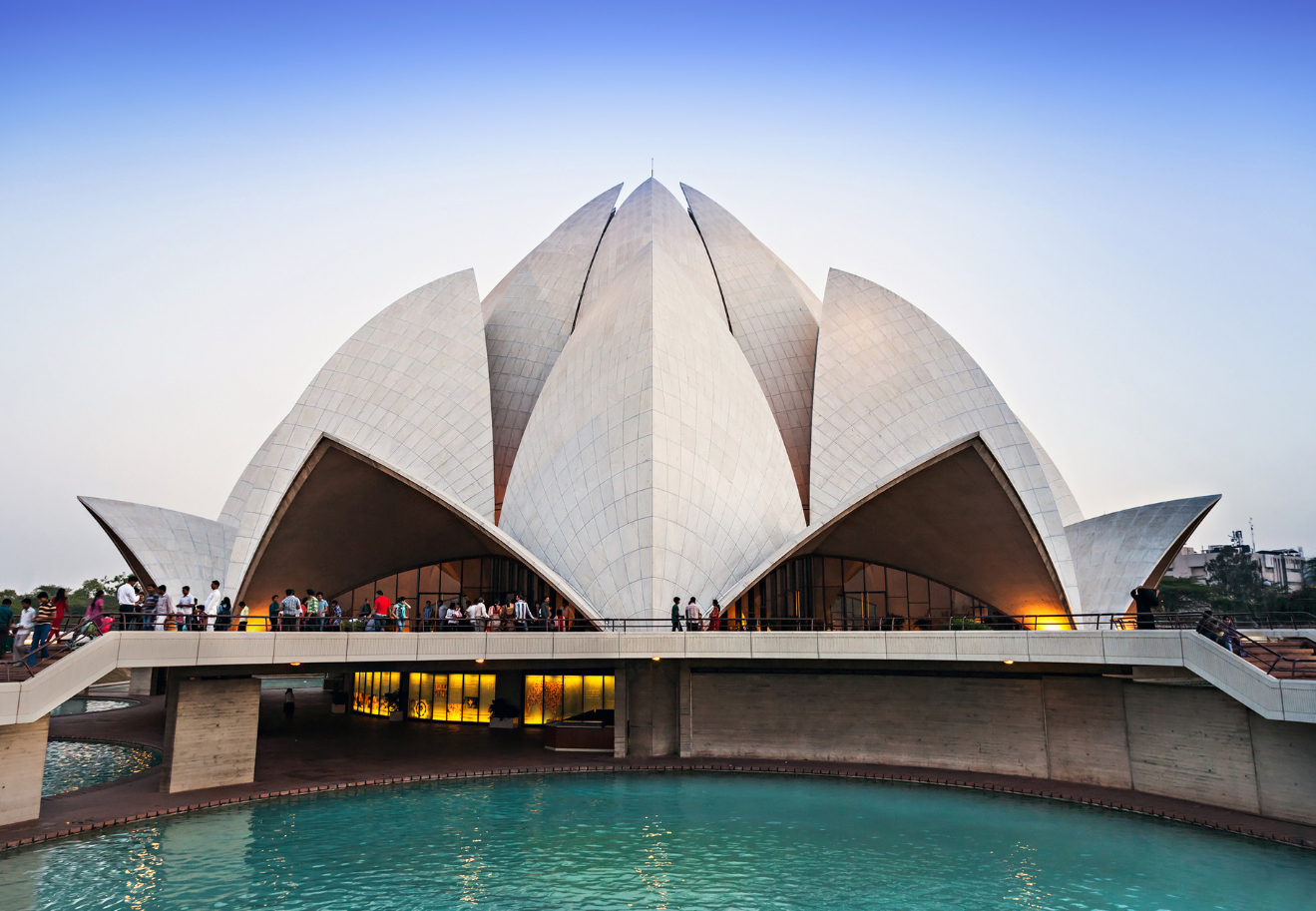23/09/2024

India's vibrant capital, Delhi, is well-known for its famous sites, which include the Qutub Minar, India Gate, and the Red Fort. Beyond these well-known sites, though, is a world of undiscovered gems—locations with a lot of charm, history, and culture that are less visited by tourists. Delhi offers a variety of unusual and underappreciated locations that highlight the city's rich local culture and diverse heritage for those wishing to venture off the beaten track.
Many tourists miss Agrasen ki Baoli, a centuries-old stepwell tucked away close to Connaught Place. This historic water reservoir, which some believe to be even older, is dated to the 14th century and has eerie yet captivating architecture. You can sense the place's quiet mystery as you descend the 103 steps into the well, far from the bustle of contemporary Delhi. Its allure for people drawn to myths and tales of the paranormal is further enhanced by rumors that it is haunted.
Although Hauz Khas Village is well-known for its hip cafés, shops, and art galleries, the actual hidden treasure of the area is the ancient Hauz Khas Complex. This site, which dates to the 13th century, has tombs, the remains of an Islamic seminary, and the remains of a medieval water tank. The tranquil surroundings and abundant greenery offer a striking contrast to the bustling streets nearby. For those who want to experience peace and quiet in the heart of the city, as well as history buffs and photographers, this is the ideal location.
The lesser-known Mehrauli Archaeological Park is a hidden historical gem of Delhi, located only a short distance from the Qutub Minar. The park, which spans 200 acres, is home to more than 100 historical buildings, including stepwells, mosques, and ancient tombs. The Balban's Tomb, Rajon Ki Baoli, and the Jamali Kamali Mosque and Tomb are among the highlights. The park is still largely unexplored by tourists despite its historical significance, which makes it a great location to learn about Delhi's past in a serene, natural setting.
India's first outdoor public art district, the Delhi Art District, is located in the center of South Delhi. Indian and foreign street artists have turned this lively neighborhood into a vibrant canvas. Explore the neighborhood to find enormous murals that adorn building walls, each of which uses art to tell a different story. A modern alternative to traditional museums and galleries for experiencing Delhi's artistic pulse is the Lodhi Art District.
Sanjay Van is a hidden gem for nature lovers and those looking for a tranquil getaway from the bustle of Delhi. This expansive forest area, spanning over 700 hectares, provides scenic views, walking trails, and opportunities for birdwatching. Situated close to Vasant Kunj and Mehrauli, it's among the city's few remaining green spaces. The forest is the perfect place for a leisurely afternoon hike or picnic because it is home to a variety of wildlife, old shrines, and ancient ruins that can be seen as you stroll through it.
Tughlaqabad Fort, which was once the Tughlaq dynasty's magnificent seat of power, is now a forgotten reminder of Delhi's mediaeval past. Constructed in the early 14th century, this enormous fort spans more than six kilometers and provides an insight into the military architecture of the period. Even though they are crumbling, the ruins are still striking and provide expansive views of the surroundings. Tughlaqabad Fort is an excellent choice for individuals who wish to explore Delhi's history away from the tourist traps because of its remote location and low population.
Although Humayun's Tomb receives the most tourists, Safdarjung's Tomb is another noteworthy mausoleum from the Mughal era. This red and white sandstone building, constructed in 1754 for the statesman Safdarjung, is a stunning example of late Mughal architecture. For history buffs and anyone seeking a peaceful getaway, the place is perfect because of its lush gardens, detailed carvings, and serene atmosphere.
Sunder Nursery, a beautifully restored 90-acre heritage park next to Humayun's Tomb, is frequently missed by tourists. The park was first created during the British era and is now a sanctuary with lush gardens, monuments from the Mughal era, and a wide variety of bird species. The restored monuments, lakes, and well-kept lawns make it a tranquil place to spend a quiet afternoon in the company of nature and history.
In India, stepwells, also known as baolis, are a type of old architecture. One of Delhi's best-kept secrets is Rajon Ki Baoli in Mehrauli. Nestled in the Mehrauli Archaeological Park, this lesser-known stepwell is a stunning example of medieval engineering. The serene and tranquil environs render it an ideal location for individuals with an interest in photography, history, or just some quiet introspection.
Delhi has a lot more to offer, despite being known for its imposing monuments and vibrant marketplaces. The city's rich and varied cultural legacy is on display in its hidden beauties, which range from historic stepwells and abandoned fortifications to energetic art districts and serene gardens. Discovering these lesser-known sights gives you a closer look at Delhi's history, culture, and way of life while also allowing you to see a side of the city that is frequently overlooked.